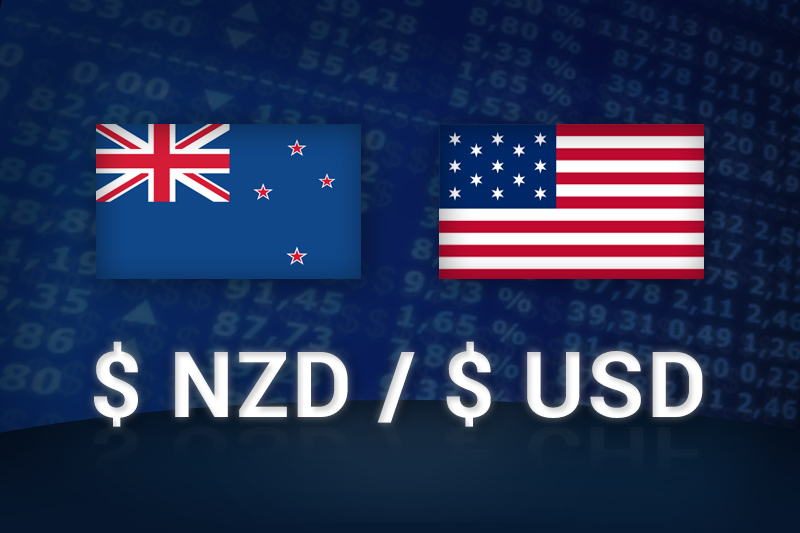Investing.com’s stocks of the week
Investing.com - The New Zealand dollar edged higher against its U.S. counterpart on Thursday, as markets were jittery ahead of a highly anticipated long term Spanish government bond auction later in the day.
NZD/USD hit 0.8186 during late Asian trade, the daily high; the pair subsequently consolidated at 0.8167, adding 0.09%.
The pair was likely to find support at 0.8115, the low of March 29 and resistance at 0.8236, the high of April 9.
Spain was due to auction up to EUR2.5 billion of government bonds later Thursday, after the yield on the country’s 10-year bonds rose above 6% earlier in the week, fuelling fears that the country may be the next in the euro zone to require a bailout.
Meanwhile, the kiwi also remained under pressure as official data showed that Japan posted a record trade deficit of JPY4.41 trillion in the year ended March 31.
Japan is New Zealand’s second largest export partner.
Earlier in the day, official data showed that consumer price inflation in New Zealand rose less-than-expected in the first quarter, ticking up 0.5% after a 0.3% decline the previous quarter.
Analysts had expected consumer price inflation to rise 0.6% in the first quarter.
The kiwi was higher against the euro with EUR/NZD edging down 0.12%, to hit 1.6064.
Later in the day, the U.S. was to release official data on unemployment claims, followed by industry data on existing home sales and a report on manufacturing activity in the Philadelphia area.
NZD/USD hit 0.8186 during late Asian trade, the daily high; the pair subsequently consolidated at 0.8167, adding 0.09%.
The pair was likely to find support at 0.8115, the low of March 29 and resistance at 0.8236, the high of April 9.
Spain was due to auction up to EUR2.5 billion of government bonds later Thursday, after the yield on the country’s 10-year bonds rose above 6% earlier in the week, fuelling fears that the country may be the next in the euro zone to require a bailout.
Meanwhile, the kiwi also remained under pressure as official data showed that Japan posted a record trade deficit of JPY4.41 trillion in the year ended March 31.
Japan is New Zealand’s second largest export partner.
Earlier in the day, official data showed that consumer price inflation in New Zealand rose less-than-expected in the first quarter, ticking up 0.5% after a 0.3% decline the previous quarter.
Analysts had expected consumer price inflation to rise 0.6% in the first quarter.
The kiwi was higher against the euro with EUR/NZD edging down 0.12%, to hit 1.6064.
Later in the day, the U.S. was to release official data on unemployment claims, followed by industry data on existing home sales and a report on manufacturing activity in the Philadelphia area.
